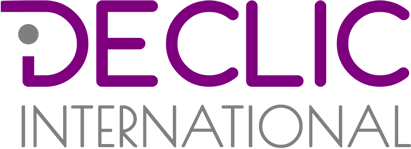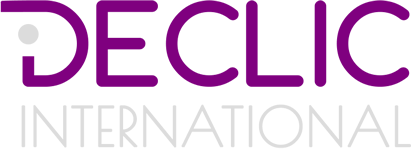Five key barriers for LGBT+ inclusion (Part 2 of 3)

This is the second part of a three-part blog series that explores LGBT+ inclusion: key myths, facts, barriers and enablers. I’m focusing on what you need to know and to do as a leader to create an LGBT+ – friendly culture.
Five key barriers for LGBT+ inclusion
Hostile legislation
Legislation towards homosexuality is evolving positively in some geographies, with many countries adopting protective laws of LGBT+ people, including same-sex marriage in fifteen countries (mostly Western countries). However, there are countries that don’t prohibit discrimination against LGBT+ people (China and Turkey, for instance), 75 countries that criminalise same-sex sexual conduct, and 8 countries where same-sex sexual conduct is punishable by death.[i]
Hostile belief systems
In a society with diverse cultural, religious and individual values and beliefs, not everyone is supportive of LGBT+ inclusion. However, LGBT+ inclusion is not about changing people’s personal beliefs. It’s about preventing destructive behaviours against LGBT+.
Hostile behaviours
All over the world, LGBT+ people report unfair treatment. In Australia, for instance, 53 percent of lesbians and gay men experience harassment and discrimination and 50 percent experience homophobic remarks/jokes in the workplace. In the UK, 88 percent of transgender employees experience discrimination or harassment at work.[ii]
Lack of awareness about heterosexual privilege
We are humans, not robots. In the workplace, we feel the need to build report, to connect on a personal level and to have healthy social conversations. Most heterosexuals don’t realise that their sexual orientation is on display most of the time when they do trivial things such as: talking freely about their families, about their partners, about what they did during the weekend, bringing their partners to social events, displaying their photos on their desks. I often ask people to experiment not displaying anything about their personal lives in the office for a month to see how it feels not to bring your full self to work.
The closet burden
Given all hostility towards LGBT+ people, many LGBT+ prefer not to “come out of the closet.” Research has found that LGBT+ “in the closet” can be as much as twenty percent less productive because of the effort that it takes daily to constantly self-edit, avoid questions, and not give too much away.[iii] On the bright side, LGBT+ people who do come out are around seventy percent more likely to be satisfied with their managers.[iv] I met a senior leader who explained to me how hard it was for him to decide whether to come out or not whenever he met a new person, including clients. Because he never knew what the reaction was going to be. He found it exhausting.
***
Thanks for taking the time to read this post. Let me know what you think about it in the comments below!
This is an excerpt from one of the chapters of my book “Succeed as an inclusive leader – Winning leadership habits in a diverse world”. To get my articles and updates directly in your inbox, sign up for my newsletter.
Register for the next Inclusive Leadership Mastery Course, the most relevant, practical and up-to-date train-the-trainer training on inclusive leadership. Click HERE to find out more about it.
Looking for new ways to accelerate progress towards inclusion? Visit Déclic International and find out about our innovative speaking, training and consulting solutions.
References
[i] Out in the world Infographic, Center for Talent Innovation, 2016.
[ii] http://www.lawsociety.org.uk/support-services/advice/practice-notes/working-with-transgender-employees/.
[iii] Managers Guide to LGBT+I inclusion, Pride in Diversity, 2013.
[iv] Stonewall, top 100 employers, 2016.



